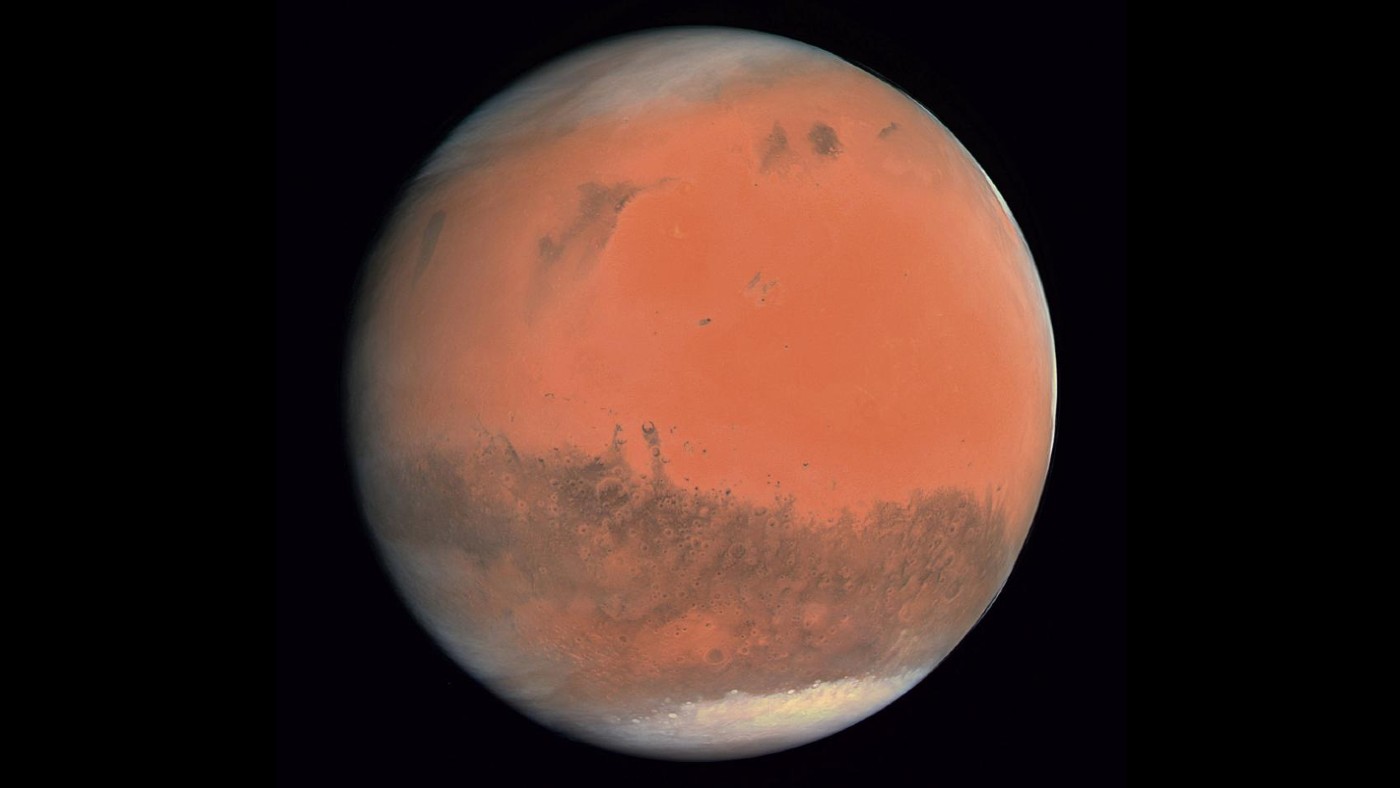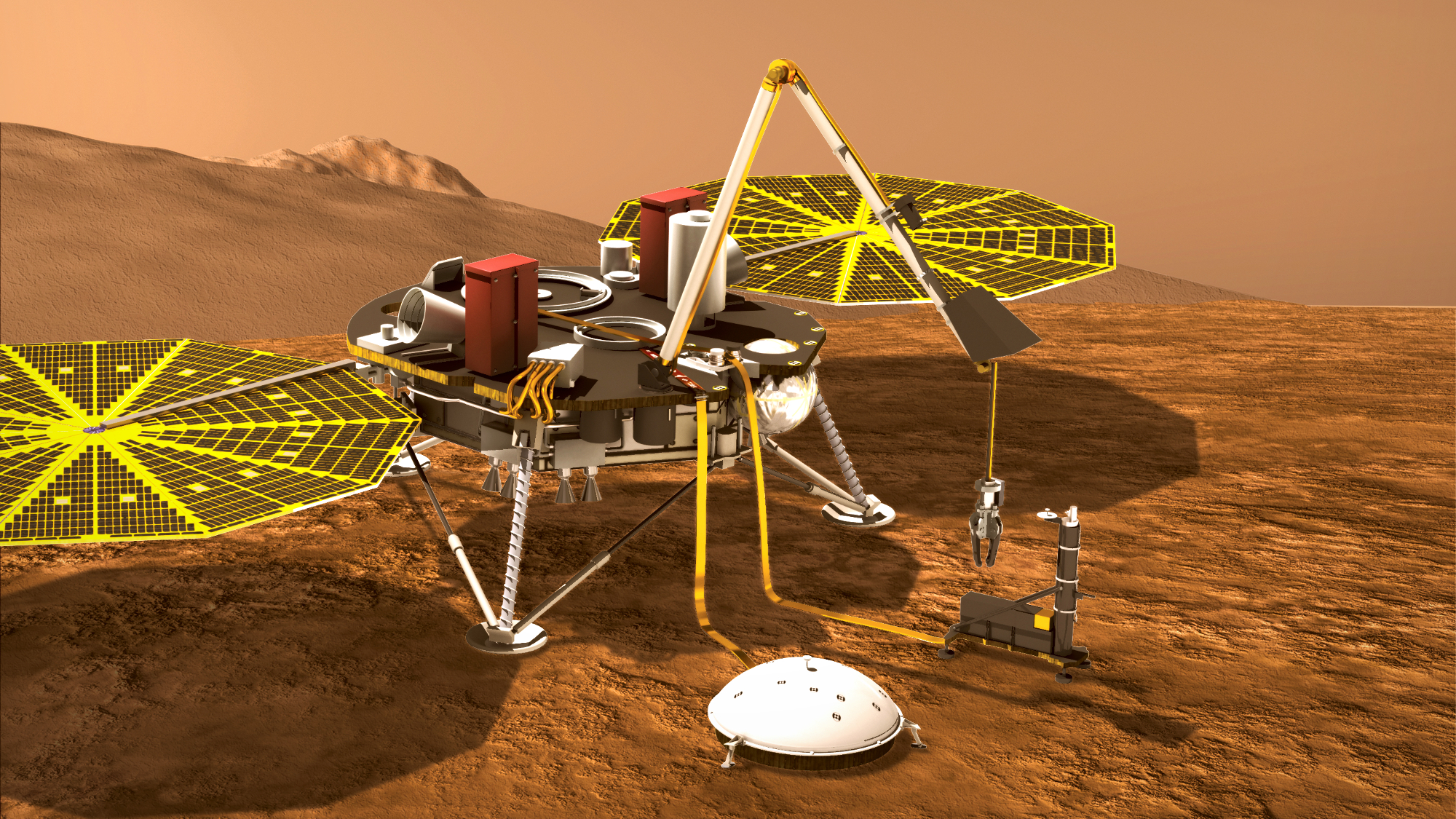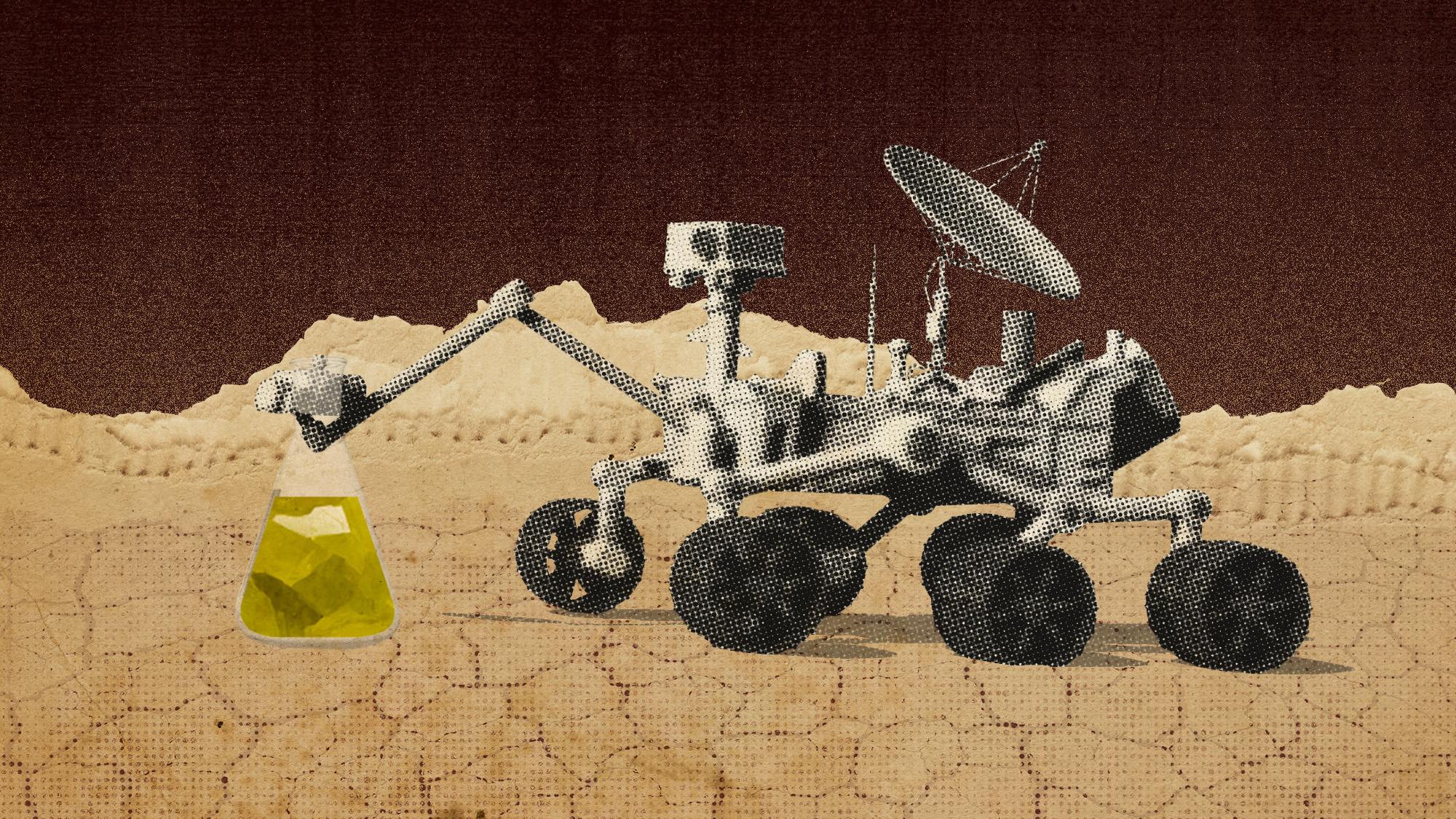Exploring the red planet
A new wave of missions aim to unlock the secrets of Mars

Being one of the five planets visible to the naked eye, Mars has always fascinated humans – and since it is on occasion visibly red because of the iron oxide on its surface, it has long been associated with war and slaughter. The Babylonians called it Nergal for their god of death and pestilence, long before the Romans named it after their god of war. By the 17th century, astronomers were observing it by telescope and noting its polar caps. The first detailed maps of Mars were made in the late 19th century by the Italian astronomer Giovanni Schiaparelli. He named its “seas” and “continents”, and noted “channels”, or canali, on its surface – which were actually an optical illusion.
Schiaparelli thought these were natural features, but as his assumptions were popularised, the “canals” of Mars were seen more literally, giving rise to waves of speculation and folklore about the possibility of intelligent life, and whole civilisations, on Mars. Nikola Tesla thought he had picked up signals from Mars. H.G. Wells published The War of the Worlds in 1898, in which Martians escape their dying planet to invade Earth. The astronomer Carl Sagan observed: “Mars has become a kind of mythic arena onto which we have projected our Earthly hopes and fears.”
A free daily email with the biggest news stories of the day – and the best features from TheWeek.com
The Week
Escape your echo chamber. Get the facts behind the news, plus analysis from multiple perspectives.

Sign up for The Week's Free Newsletters
From our morning news briefing to a weekly Good News Newsletter, get the best of The Week delivered directly to your inbox.
From our morning news briefing to a weekly Good News Newsletter, get the best of The Week delivered directly to your inbox.
-
 How to financially prepare for divorce
How to financially prepare for divorceThe Explainer Facing ‘irreconcilable differences’ does not have to be financially devastating
-
 Why it’s important to shop around for a mortgage and what to look for
Why it’s important to shop around for a mortgage and what to look forThe Explainer You can save big by comparing different mortgage offers
-
 4 ways to save on rising health care costs
4 ways to save on rising health care costsThe Explainer Health care expenses are part of an overall increase in the cost of living for Americans
-
 Blue Origin launches Mars probes in NASA debut
Blue Origin launches Mars probes in NASA debutSpeed Read The New Glenn rocket is carrying small twin spacecraft toward Mars as part of NASA’s Escapade mission
-
 Panspermia: the theory that life was sent to Earth by aliens
Panspermia: the theory that life was sent to Earth by aliensUnder The Radar New findings have resurfaced an old, controversial idea
-
 NASA reveals ‘clearest sign of life’ on Mars yet
NASA reveals ‘clearest sign of life’ on Mars yetSpeed Read The evidence came in the form of a rock sample collected on the planet
-
 Answers to how life on Earth began could be stuck on Mars
Answers to how life on Earth began could be stuck on MarsUnder the Radar Donald Trump plans to scrap Nasa's Mars Sample Return mission – stranding test tubes on the Red Planet and ceding potentially valuable information to China
-
 Mars may have been habitable more recently than thought
Mars may have been habitable more recently than thoughtUnder the Radar A lot can happen in 200 million years
-
 Why water on Mars is so significant
Why water on Mars is so significantThe Explainer Enough water has been found to cover the surface of the Red Planet – but there's a catch
-
 Liquid water detected on Mars raises hopes of life
Liquid water detected on Mars raises hopes of lifeSpeed Read A new study suggests huge amounts of water could be trapped beneath the surface of Mars
-
 Nasa's 'strangest find': pure sulphur on Mars
Nasa's 'strangest find': pure sulphur on MarsUnder the Radar Curiosity rover discovers elemental sulphur rocks, adding to 'growing evidence' of life-sustaining elements on Red Planet